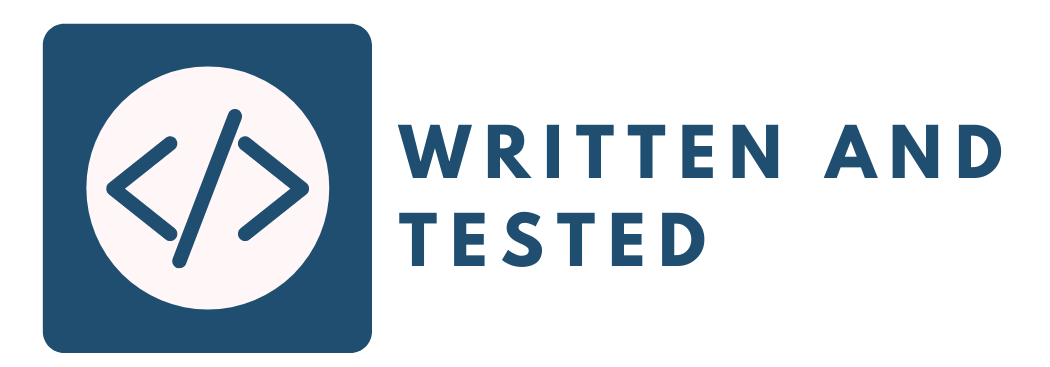Last September 10 to 12, I attended the UX+ conference (virtually) with some of my teammates. This is my third time attending this event, with just the first one being physical. I miss the feeling of attending live conferences. The atmosphere buzzing, the anticipation when the speakers walk up toward the stage, and of course, food and freebies!
But even if the event being virtual, the quality of the talks is excellent. Today, I’ll be sharing with you three of my most favorite talks, one from each day, with my personal takeaways.
Day 1: The reasons you are failing and how to fix it – Dan Cariño

Dan talked about the most important thing about finishing our work – and that is by building systems. I have learned about this idea before, echoed by different leaders and productivity masters. The most prominent of which is James Clear’s Atomic Habits. (James also talks about this in this blog post).
I believe that setting goals and making plans are important. In any kind of venture, we have to know our destination. But the deciding factor whether we would reach that is our systems. For me, system is the framework that would allow us to do a body of work on a consistent basis. Using my writing as an example, my writing session typically includes a timer, music to set my focus, and my writing tool of choice (Scrivener for my fiction and Notion for blog). To aid that writing session system, I have another system for planning what I want to write.
If let’s say I don’t have this kind of system in place, instead of writing, I would spend my time and energy on deciding how to start and go through my work. The system takes away the pressure of making decisions since we’ve already decided beforehand. We only have to show up. And I believe having systems will save us during our darker days when we don’t have the motivation to do our work.
Day 2: Levelling up: Practical career adulting stuff – Aldrich Tan

My takeaway from this talk is to build a skill stack, where two or more skills are combined to create more value. When comes to work, there’s the notion of whether one should be a generalist or a specialist. The ideal scenario is that we have a T-shaped skillset, where we are a master of one skill and generalist for others. There may be the case that our skillset is M-shaped, where we are masters of several skills.
But a new perspective from this talk is how we can cross-pollinate those skills. We can, for example, combine project management skill and analytics and this will help us make data-driven decisions. What’s interesting in this idea is that when we combine two skills, we come up with something interesting. Marrying storytelling with leadership, for example, may give off creative ways on how we manage our team and promotes a deeper connection. I also think that building a skill stack helps us capitalize on our strengths. Using our strengths in combination with other skills may help us tackle things that are difficult.
Day 3: Design is Fantasy – Chia Amisola

For designers to reach their full potential, we must design for unreality.
It’s so easy to leave off imaginative and crazy ideas to myths and fictional worlds. I think part of this is that in our current technological world, it becomes more difficult to introduce new innovations. So we resort to iterations of previous products, improved graphics and processors, and that’s it! We have the next version of our product.
I think designing for unreality means thinking of the possibilities. Thinking of what we can create from nothing. Imagine the thought process of building the first telephone, computer, airplane. These things were unrealistic during their first conception but they’re something that we take for granted in our times.
We might not be able to design the next “first” but when we design for unreality, we do not limit ourselves to just doing the iterations and fixing problems. We seek the possibility and design our own reality.
It’s nice to ponder about these things and even as a non-designer, one could easily apply these takeaways. Looking forward to what I can learn more in the next UX Plus Conference!

